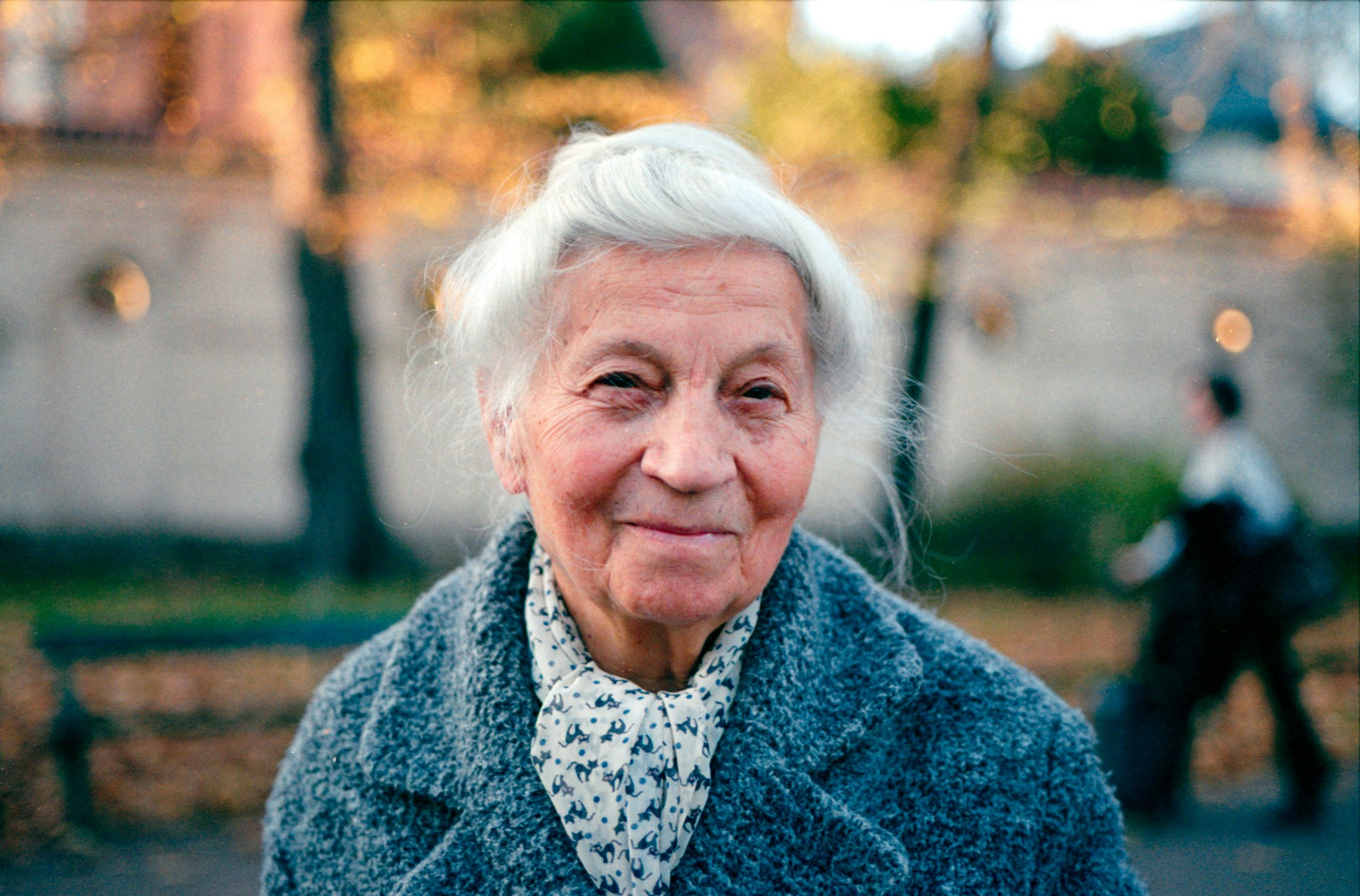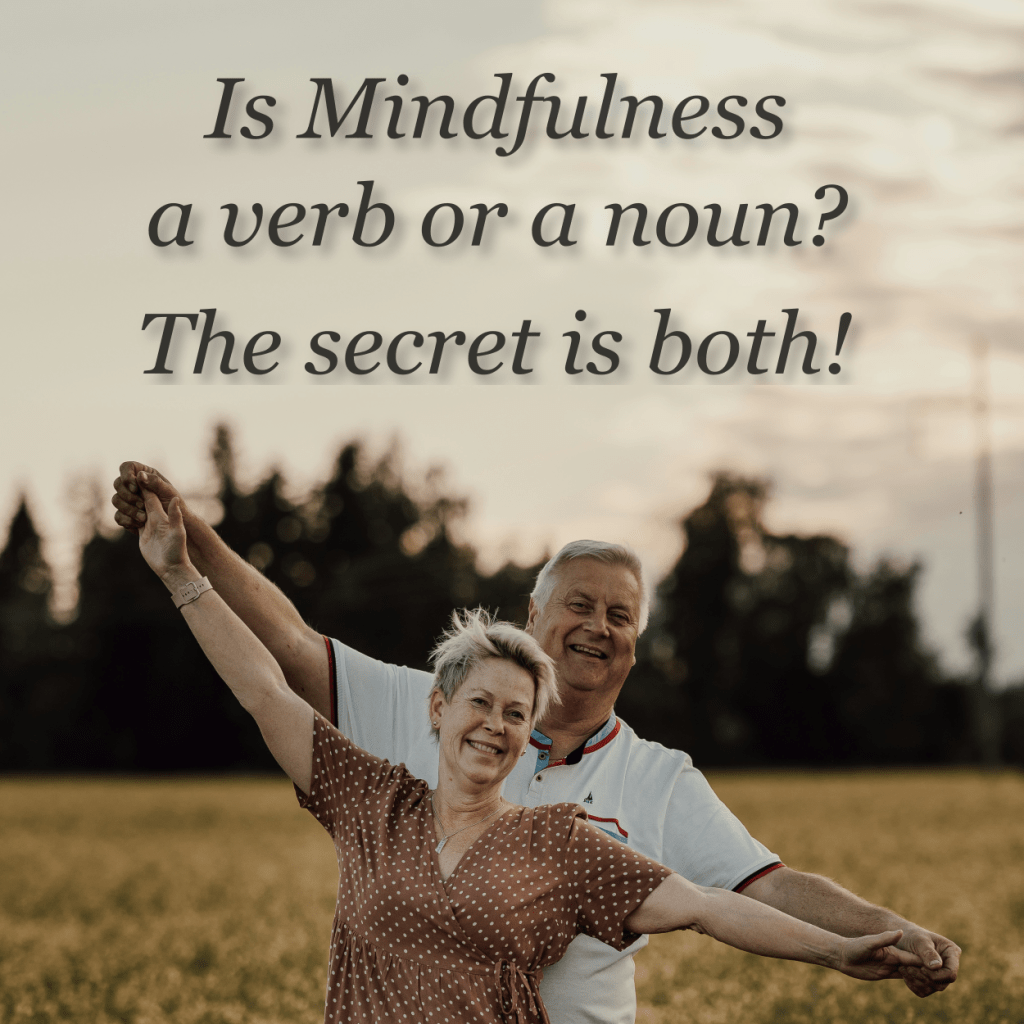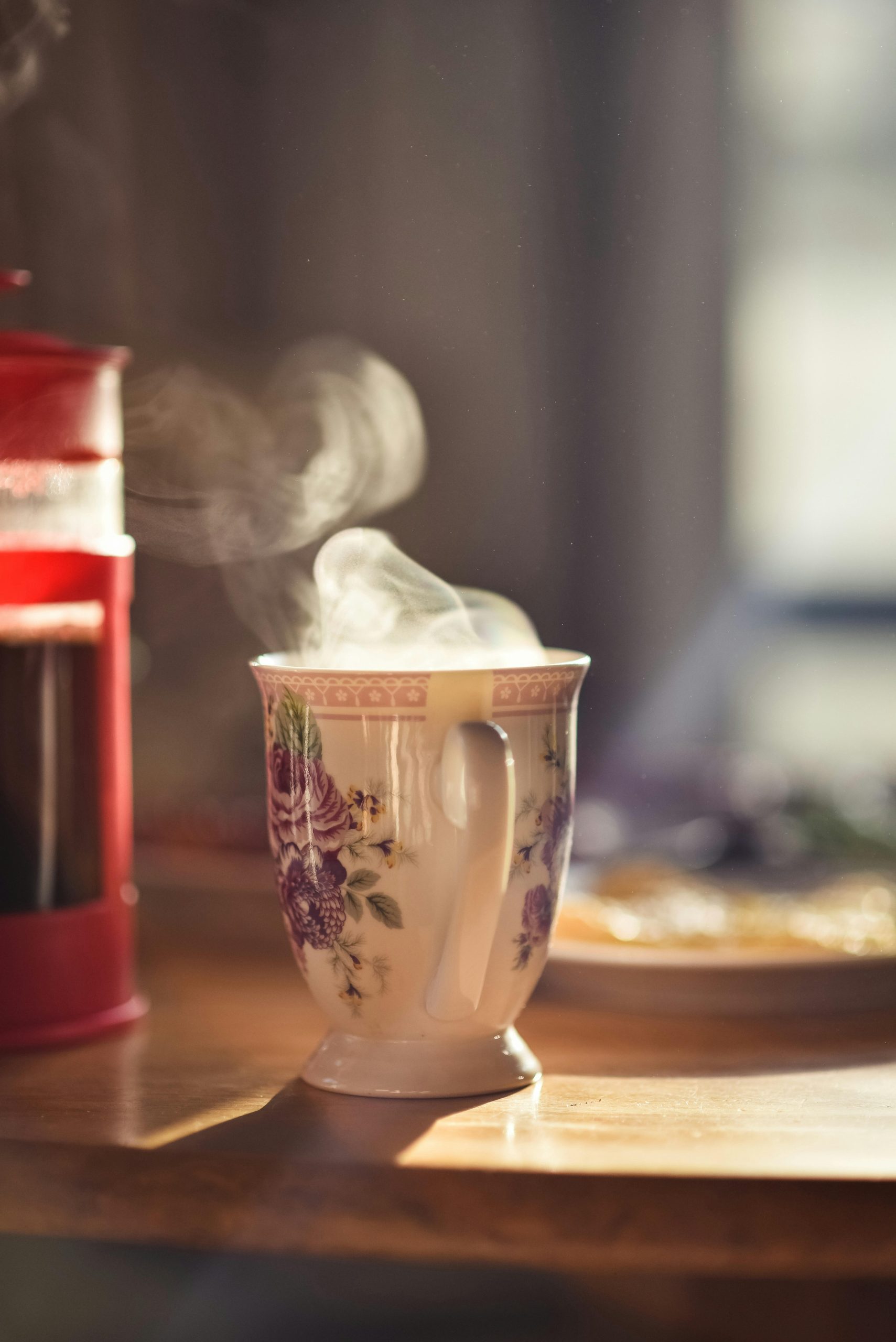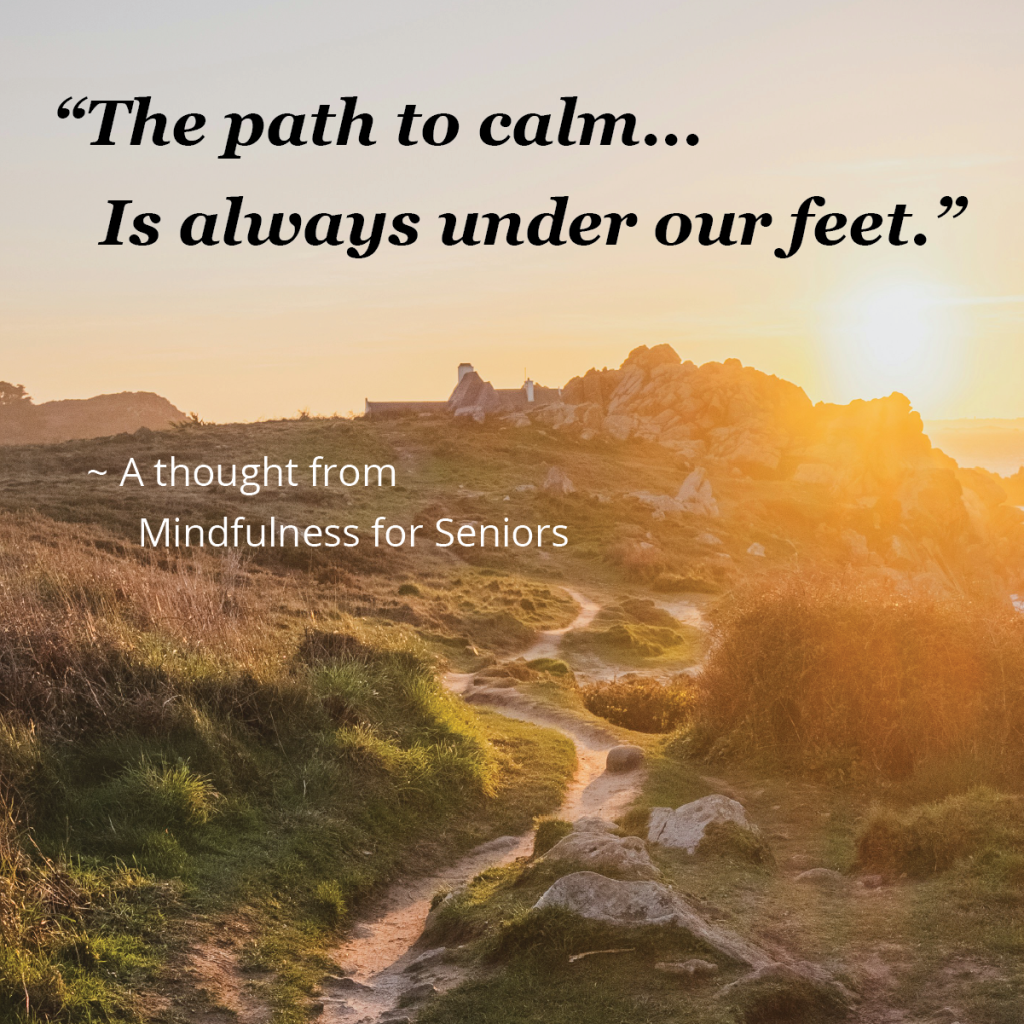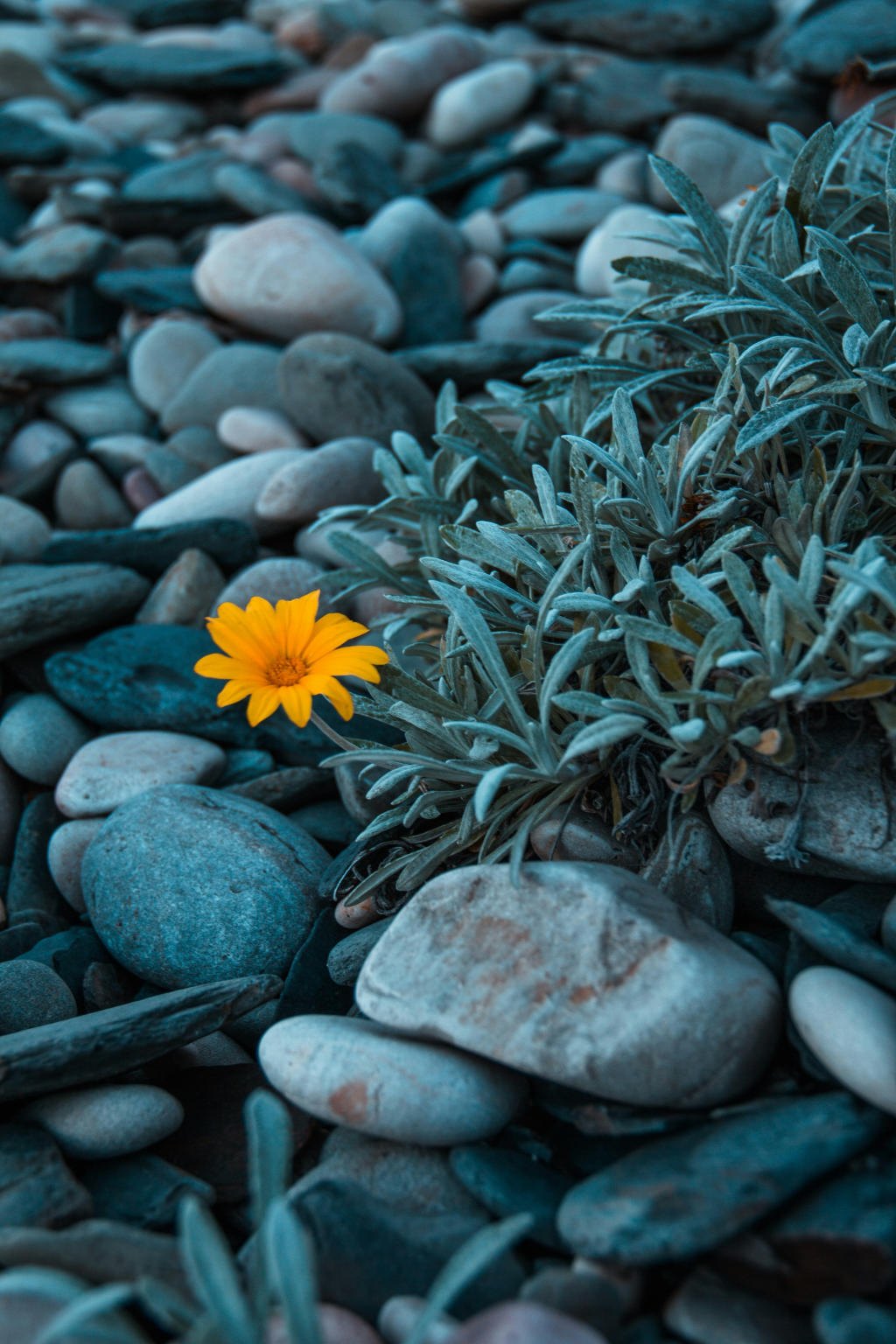Living with Pain, Learning from Pain…
Are we just enduring our pain or learning from our pain?
The choice can be ours…
Dear friends,
For many of us, pain is a familiar companion. Sometimes it arrives suddenly, sometimes it builds slowly over time. Its causes are many — an old injury, arthritis, or the slow recovery after a fall. And pain isn’t only physical… it can also wear the face of grief, loneliness, or the quiet tension of worry.
Many people see pain as nothing more than an enemy — something to fight, fix, or flee. But what if pain isn’t only suffering? What if, hidden within it, there is something we can learn?
(Note: While “mindfulness” has been shown to be a powerful ally during personal pain challenges, it is something that should be viewed as a complementary pain management approach, used alongside your professional healthcare providers’ therapies and care.)
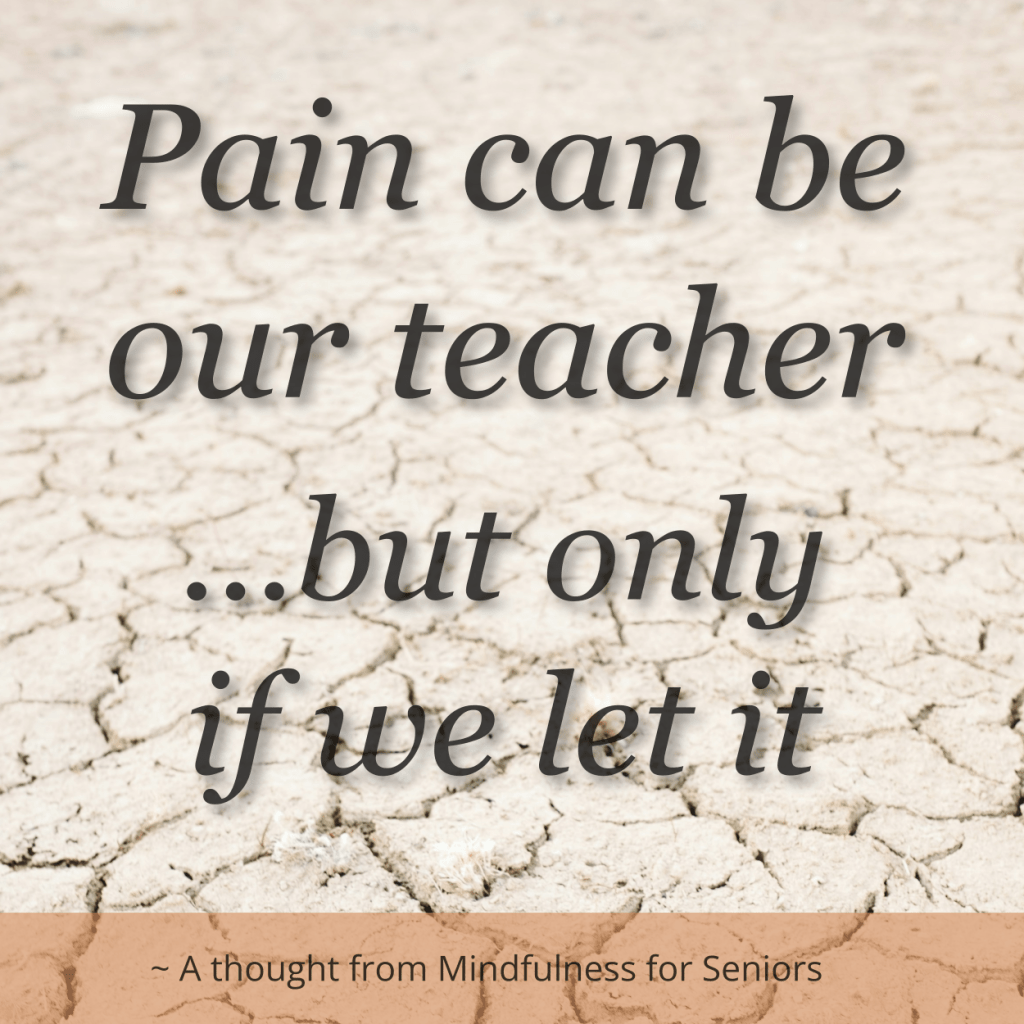
Pain Can Be Our Teacher — If We Let It
The monks of Shaolin speak of training through pain — hardening body and spirit, step by step. But we don’t need to strike stones or practice martial arts to glimpse the truth in their words.
Pain often demands our time, our focus, our energy. But what if, hidden within those demands, there was also an invitation? An invitation to pause, to breathe, and to listen. To notice what is happening in our body, in our heart, and even in our mind.
Of course, I am not suggesting that we go out and create pain for ourselves. Pain is a signal that something is amiss. We may not welcome it with open arms, or pretend it’s easy. But even then, we have an opportunity to acknowledge: there is something here to pay attention to. In that simple shift, pain begins to teach — patience, self-compassion, resilience, and sometimes more.
More than Suffering: What Pain Can Reveal
There may be times when we push through pain, or simply endure it. But there are also times when we can soften around it instead of bracing against it. And in that softening, something surprising can happen.
Our stories about the pain — and even about ourselves — can begin to quiet. We may glimpse how deeply we care for this body and this life. We may remember our shared humanity and our shared suffering, because everyone knows what it is to hurt.
Pain can even reveal gratitude: for the moments when it recedes, for the support of others, for the breath that still carries us, and for the arc of life and opportunities we have been given.
No one is saying that pain-as-teacher is easy, nor is there any promise that it will diminish or disappear. Pain remains real, visceral, and sometimes overwhelming. But alongside our suffering, there can also be moments of tenderness, clarity, ease, and even a deep wellspring of gratitude. And in those moments, we may find the courage or quiet determination to continue our journey forward.
A Closing Reflection
So the next time pain arises, perhaps you can experiment. Take a gentle breath. Notice what’s here. Ask yourself, what is this pain showing me now?
It may be as simple as realizing, “I need rest,” or “I need to relax.” Or it may be something deeper, like, “I can meet this with kindness and calm.”
Pain will always present its challenges. But it may also carry some teachings — if we let it.
In gratitude, always.
Want to learn more? Sign up for our free inspirational bi-weekly newsletter or download our 100% free “A Taste of Mindfulness for Seniors” PDF (no email required).
Disclaimer: The information provided in this article is for educational purposes only and is not intended as a substitute for professional medical or mental health advice, diagnosis, or treatment. The author is not a licensed medical or mental health professional. Please consult with your physician or a qualified healthcare provider with any questions you may have regarding a medical condition.


